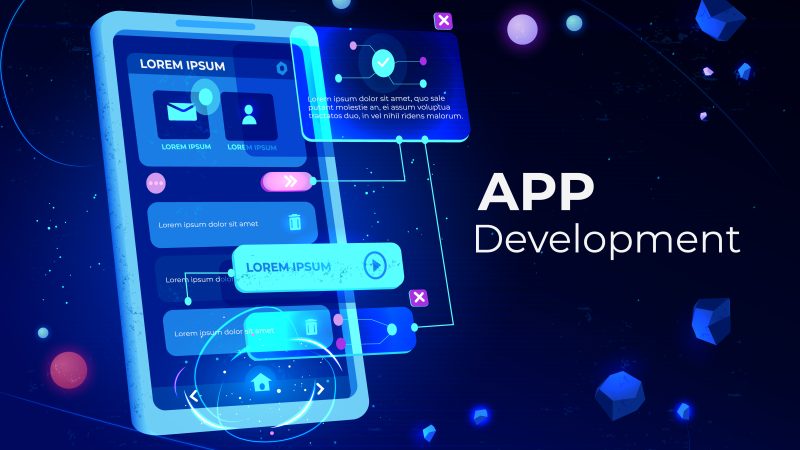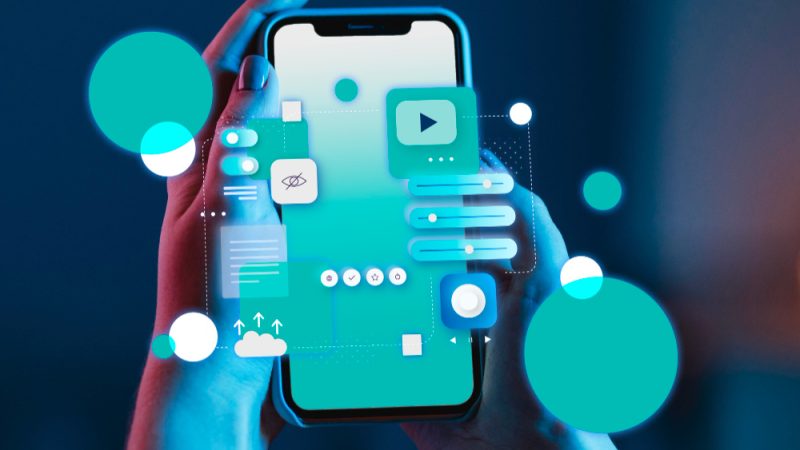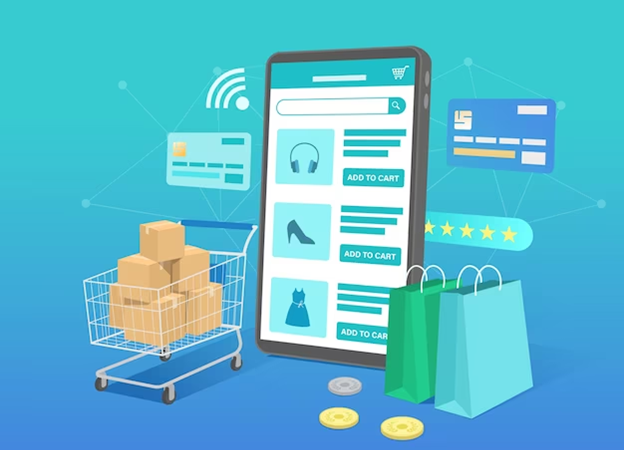Innovative Tech Applications Breathing New Life into Old Products and Services

Just about every business in the world wants to find a tech-savvy way to streamline operations and even discover new product opportunities. Even the most basic products purchased by consumers, like food and drink, are powered by tech solutions that manage logistics, sell-by dates, and even help to grow the core ingredients. Of course, most do seek to apply tech to enhance the ability of the business to get more done or to produce a new product entirely.
You only have to look at fishing equipment and products like autopilot kayaks, sonar devices, and rechargeable fishing lures to see that even the more rudimentary product lines can get a new lease on life. Here, however, we’re looking at the products and businesses that, instead of seeking to advance further, look to improve their somewhat older products and services through new tech to bring them into the modern day.
New software to make old hardware usable again
Environmentally speaking, and from the point of view of a consumer, the current smartphone market’s business model of releasing a new line every year and outdated older models via software updates isn’t the best. Essentially, a device marketed at over $1,000 will be rendered useless in four or five years, and in the meantime, you’re encouraged to move on before it’s passed its usability, with new contracts and new models spurring you on.
To attempt to combat some of this incredible amount of waste, Samsung has been tinkering with its Galaxy Upcycling at Home scheme. It was announced more than five years ago, but by all accounts, it is running in a limited form in some markets in 2023. The aim is to repurpose the still very powerful older Galaxy phones into home devices that work into the Internet of Things (IoT) ecosystem.
This is achieved by a simple software download. According to the smartphone manufacturer, downloading the SmartThings app will enable the Galaxy device to make selective audio recordings as a sound sensor or perform as an automatic light sensor. As it stands, the app is compatible with Android 6.0 or later with at least 2GB RAM. Hopefully, the company will continue to develop this software and expand to even more devices.
Changing the reality of the product from digital to real life
Just to break into this quickly, we’re not on about virtual reality, augmented reality, or the newly coined mixed realities. Instead, we’re looking at the products that have evolved from being simple and traditional but have upheld their realism online using technology.
Through the application of some additional bits of hardware and programming, live streaming is creating real-time products for online users. Live streaming can now seat you in the studio, room, or store to enjoy the product and even interact with it yourself. This is what’s happened at online casinos, where live streaming has empowered table games that are several centuries old to become fully playable online.
With help from a GCU, OCR, and a specialized UI, players online can bet on and win in real time. It started with the likes of Live Roulette and Blackjack, but the demand has caused the creation of game shows like Live Funky Time and Live Snakes & Ladders. A similar approach has been taken at Slido, a video call service. Here, you can implement an interactive live quiz game within the video call set-up, with loads of customization options to make it a live, two-way experience for all.
Taking the personable in-store experience online
INSERT IMAGE HERE: https://unsplash.com/photos/JzJSybPFb3s IMAGE SOURCE: Unsplash.com
This one certainly isn’t as high-tech as the others, but by following the need to know your customer and then be able to apply new technological solutions to solve any of their problems, this example has been a rousing success. While an online experience can never fully replace an in-person one, the gap does need to be bridged due to the increased prevalence of online shopping.
So, shoe specialists Brooks came up with a specialized questionnaire, of sorts, for their website that has enough input that it becomes a very customizable experience. Their Shoe Finder page takes less than five minutes to complete, but asks you all of the most important and more personal questions to find you the ideal running shoes. Plus, with the drawing art, varied option buttons, and key questions that most wouldn’t ask, it’s an enjoyable experience. It’s a classic shoe store service brought to life by a fun website application.
Businesses are applying newer technologies to old products and services to make them, once again, modern for their target consumers.





